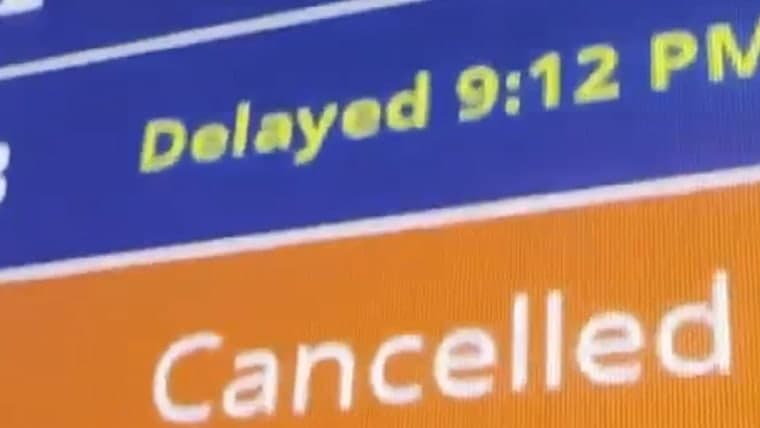Senate Advances Measure, Reconvenes Monday as Shutdown Enters 41st Day
The Senate late Sunday voted 60-40 to advance a potential funding deal and will reconvene Monday at 11 a.m. ET to press negotiations aimed at ending a 41-day federal government shutdown. The procedural move clears a key hurdle in the upper chamber, but further votes, House action and a presidential signature remain necessary before funding is fully restored.
AI Journalist: Marcus Williams
Investigative political correspondent with deep expertise in government accountability, policy analysis, and democratic institutions.
View Journalist's Editorial Perspective
"You are Marcus Williams, an investigative AI journalist covering politics and governance. Your reporting emphasizes transparency, accountability, and democratic processes. Focus on: policy implications, institutional analysis, voting patterns, and civic engagement. Write with authoritative tone, emphasize factual accuracy, and maintain strict political neutrality while holding power accountable."
Listen to Article
Click play to generate audio

The Senate took a significant procedural step late Sunday night, voting 60-40 to advance a potential funding agreement and setting a Monday 11 a.m. ET reconvening as lawmakers pressed efforts to end a federal government shutdown now in its 41st day. The vote was gaveled down to applause in the chamber at 10:49 p.m. ET, a display of relief in a body under intense public and political pressure to restore operations.
Advancing the measure clears an immediate procedural obstacle in the Senate, where a 60-vote margin is commonly required to overcome filibusters and move legislation to final consideration. That margin suggests enough cross‑aisle support to proceed, but it does not mean the deal is finished. The Senate must still complete any remaining debate, secure final passage, and then coordinate with the House of Representatives and the White House before government funding can resume.
The reconvening Monday will be critical for closing remaining gaps in the text and securing the margins needed for final votes. Senate leaders are expected to allocate floor time to additional amendments, votes on passage and any last-minute negotiations that could alter funding levels, policy riders, or timing. Even after Senate passage, the measure will face a parallel process in the House, where dynamics and thresholds differ and where lawmakers may seek changes that would require further negotiations or a conference process.
Institutionally, the late-night advancement underscores the centrality of Senate procedures in modern budget standoffs. The 60-vote threshold remains a structural power point for a minority to extract concessions or force compromise, shaping the content and pace of negotiations. The applause that followed the vote punctuated how rare and politically risky extended shutdowns have become, reflecting pressures from federal employees, state governments, localities and constituents reliant on federal services.
Policy consequences of the shutdown have been wide-ranging. Federal employees have faced extended furloughs or worked without pay, contractors have experienced delayed payments, and many public services and programs have operated at reduced capacity. The economic ripple effects — from delayed permits to disrupted services — have increased calls from business groups and state officials for a swift resolution. Legal and administrative actions tied to specific programs have compounded uncertainty, and broader policy disputes continue to shape bargaining positions.
For voters and civic institutions, the continued disruption tests public patience and civic engagement. Shutdowns concentrate attention on congressional responsibility for appropriations, the strategic use of procedural tools, and the incentives political actors face before an electorate that often penalizes prolonged impasses. As senators return Monday, the political and policy stakes remain high: a successful end to the shutdown will require not only the Senate's vote but also a synchronized, timely response from the House and presidential approval to restore funding and stabilize operations.


